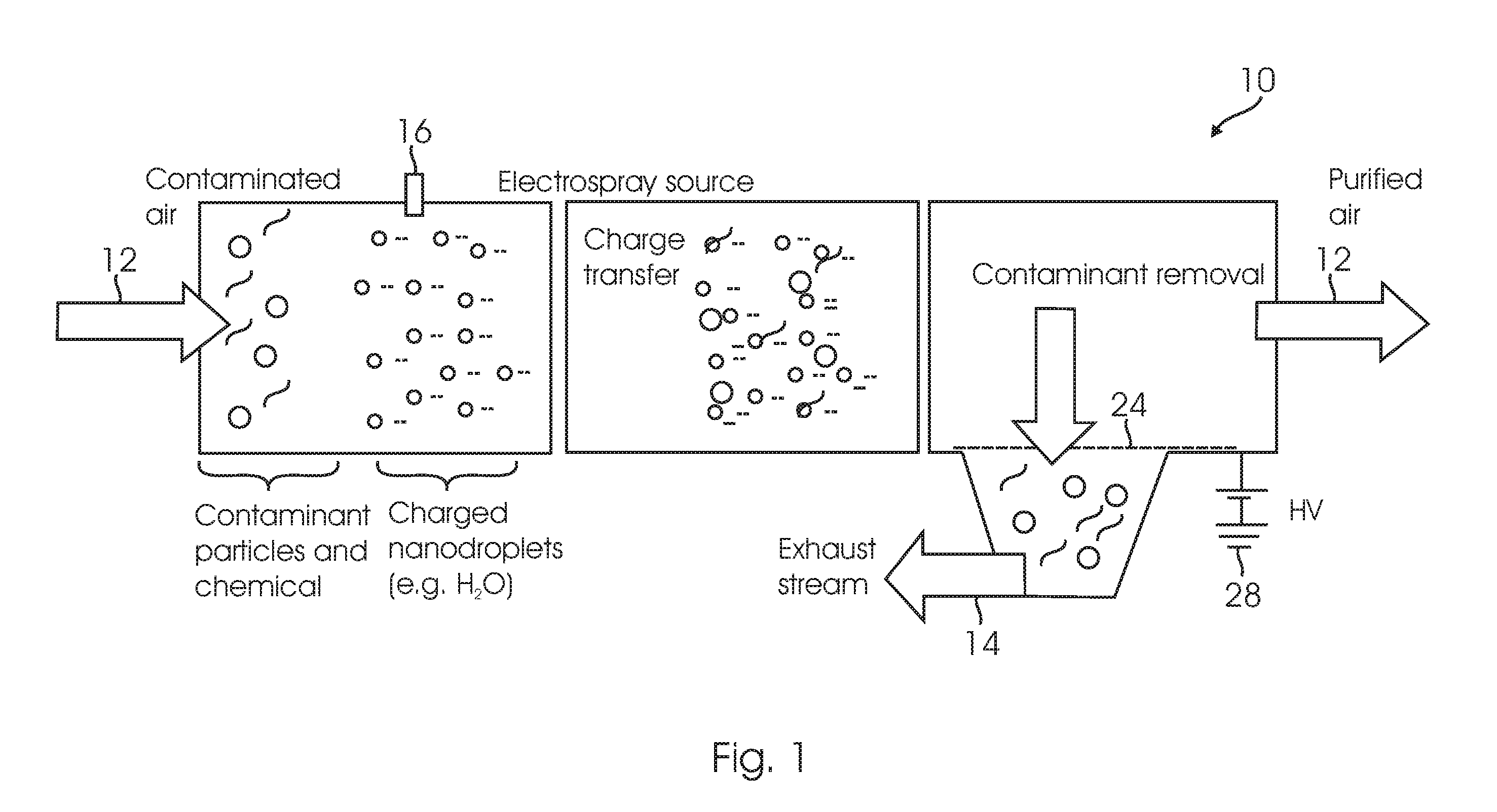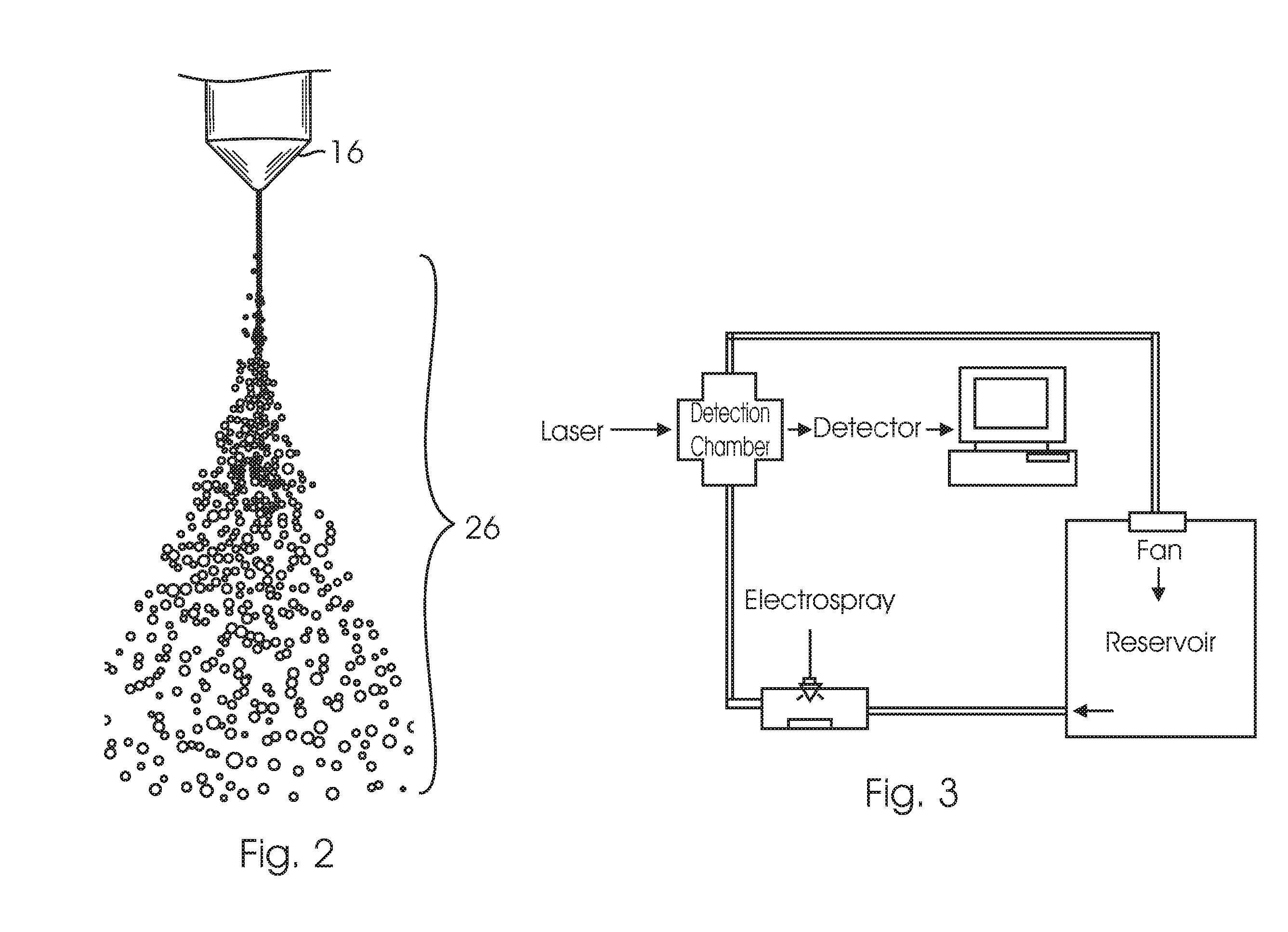Contaminant extraction systems, methods and apparatuses
- Summary
- Abstract
- Description
- Claims
- Application Information
AI Technical Summary
Benefits of technology
Problems solved by technology
Method used
Image
Examples
Embodiment Construction
[0046] In describing multiple embodiments of the claimed subject matter, including those embodiments illustrated in the drawings, specific terminology is employed for the sake of clarity. Although these parameters will now be discussed in further detail, these descriptions are not an exhaustive explanation of all possible variations in structure and operation. It will be apparent to those skilled in the art that various other changes or modifications can be made without departing from the spirit and scope of the embodiments presented herein. It should be further apparent that any or all combinations of the individual described variations with the disclosed embodiments are possible. Therefore, the scope of the claimed subject matter is defined by the appended claims and their equivalents.
[0047] Embodiments of the systems, methods, and apparatuses have thus far been described without reference to specific elements which may be suitable for operation. Also, as used herein, the article...
PUM
 Login to View More
Login to View More Abstract
Description
Claims
Application Information
 Login to View More
Login to View More - R&D
- Intellectual Property
- Life Sciences
- Materials
- Tech Scout
- Unparalleled Data Quality
- Higher Quality Content
- 60% Fewer Hallucinations
Browse by: Latest US Patents, China's latest patents, Technical Efficacy Thesaurus, Application Domain, Technology Topic, Popular Technical Reports.
© 2025 PatSnap. All rights reserved.Legal|Privacy policy|Modern Slavery Act Transparency Statement|Sitemap|About US| Contact US: help@patsnap.com



